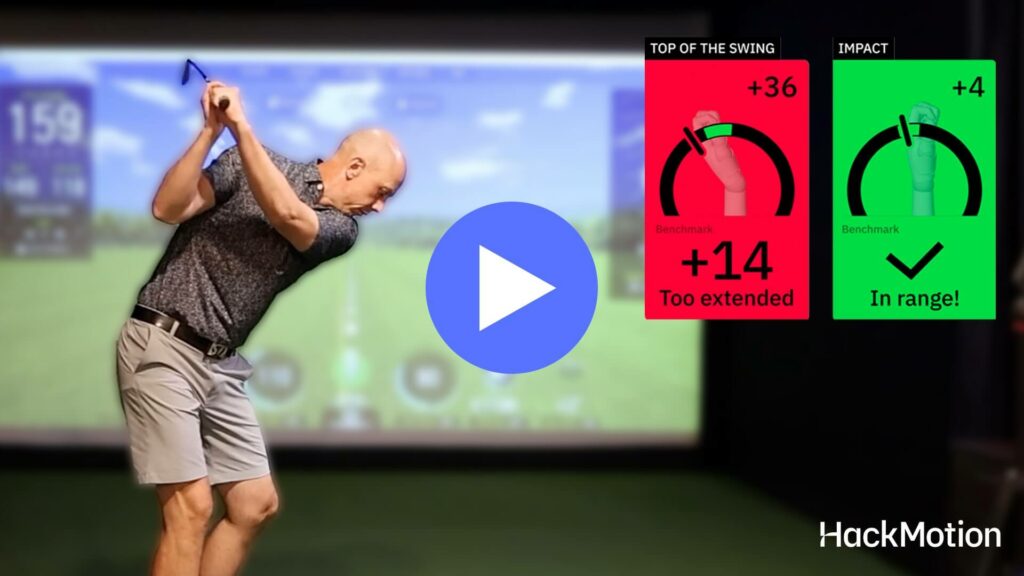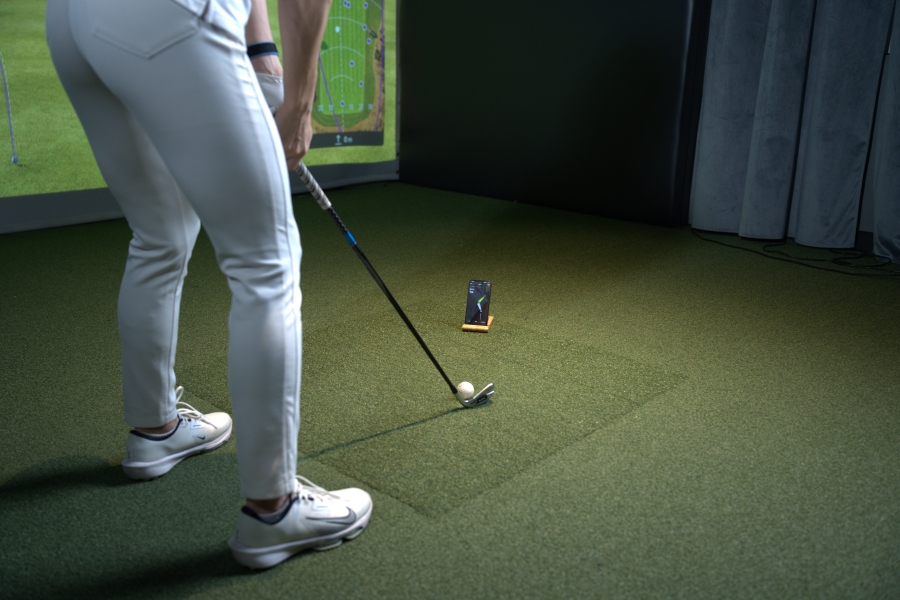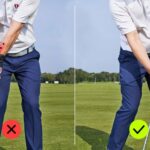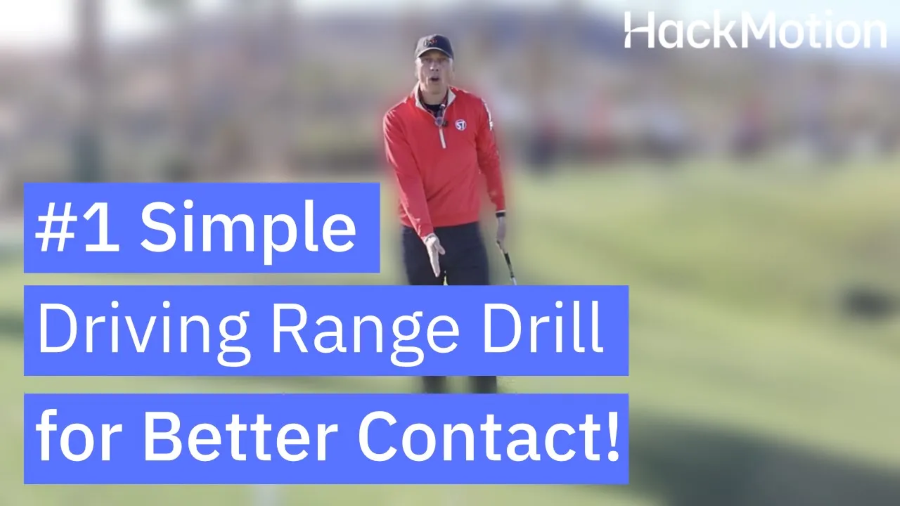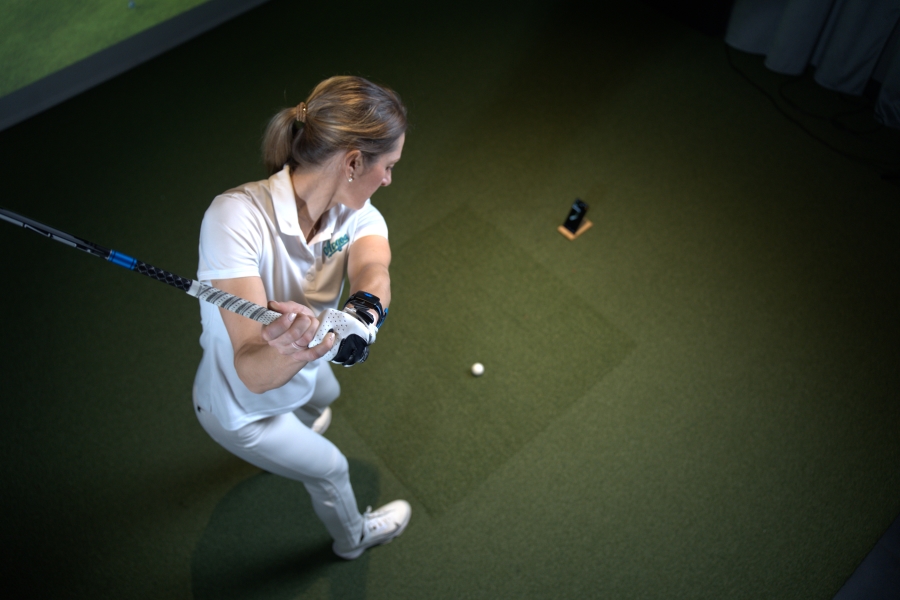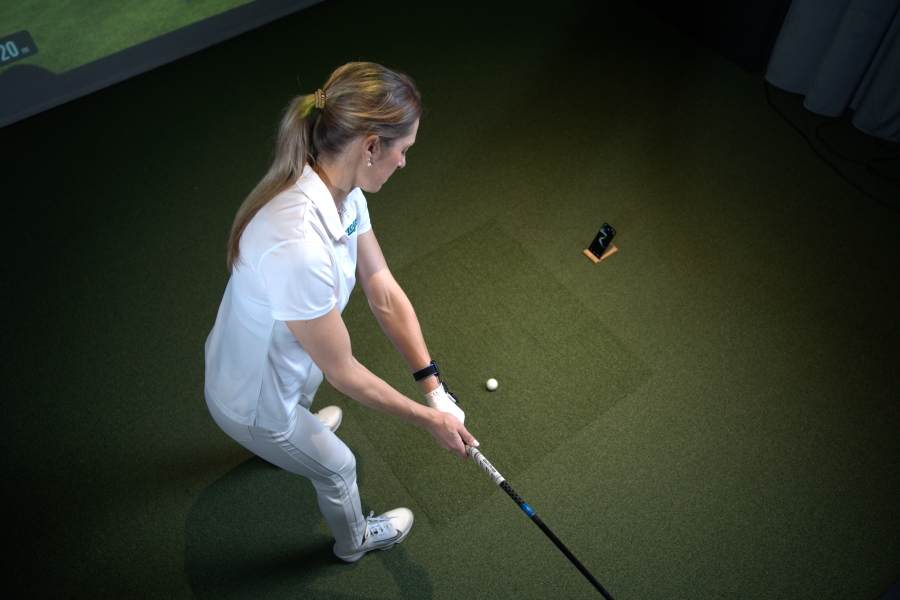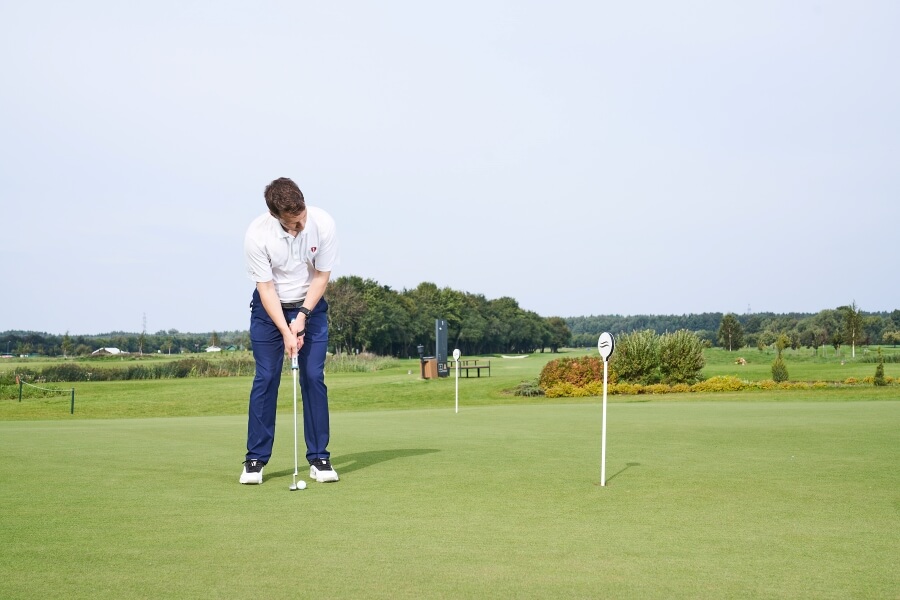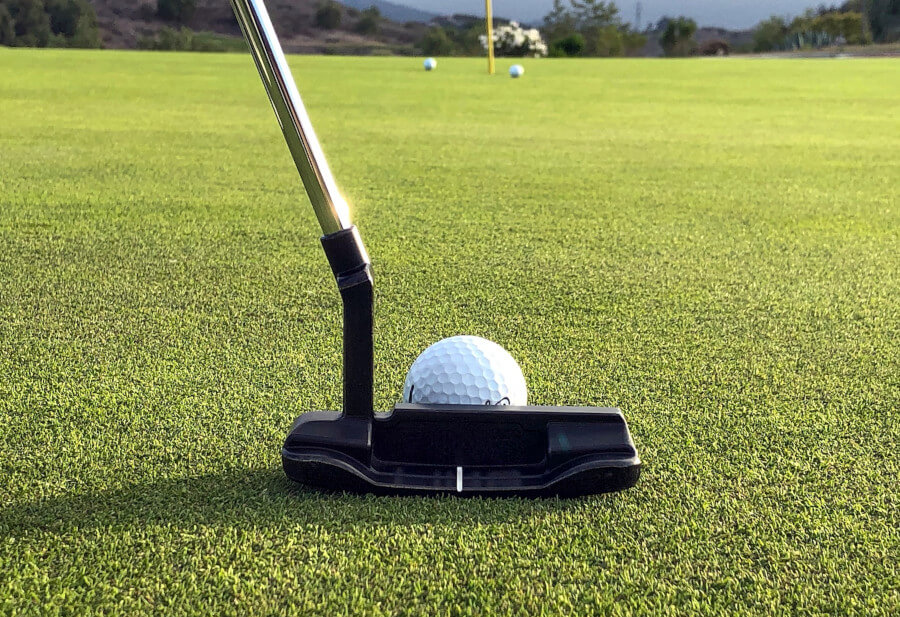Best Putting Drills for Distance Control: Build Touch and Consistency
Even a perfectly struck putt won’t go in the hole if the speed is off. Too short and it never has a chance, too long and you’re left with a tricky comeback.
Distance control is the true foundation of great putting.
You can line up beautifully and roll the ball on your intended line, but without the ability to manage speed, your chances of holing out (or even avoiding a three-putt) shrink quickly.
The challenge is that green speeds are always changing; morning dew, late-afternoon roll, and different course conditions all impact how far your ball travels. That’s why practicing speed control is one of the fastest ways to shave strokes from your game.
Here are five of our favorite distance control drills. Each one builds touch, consistency, and confidence, helping you manage speed on every putt you face.
Putting Distance Control (Key Takeaways)
Here are a few of the most important things to remember about distance control on the putting greens:
- Distance control is more important than line for consistent putting.
- Green speeds vary daily and course to course, your practice needs to reflect that.
- These drills train rhythm, feel, and strike quality, all of which impact speed.
- HackMotion gives you measurable feedback on wrist motion, tempo, and stroke mechanics so you can dial in repeatable distance control.
Contents
5 Best Putting Drills for Distance Control
Each of these drills will help you get better at leaving the ball closer to the hole. If you want to get better at reducing three putts, start practicing these today.
The Ladder Drill
The ladder drill teaches you to roll putts progressively farther without running past a set zone.
This develops fine control over stroke length and touch, especially on short to mid-range putts where many amateurs still three-putt.
- Video Timestamp: 0:13
The Ladder Drill – Step by Step
- Place two tees or alignment sticks six paces apart (first at 3 paces, second at 6).
- Roll your first putt just into the zone. Mark where it stops.
- Hit your next putt slightly farther, without leaving the zone.
- Continue, each putt finishing beyond the previous one.
- The game ends when a ball comes up short, runs out of the zone, or overlaps a previous putt.
- A good score is 6–7 balls; 10 or more shows excellent distance control.
Heads-Up Putting
Heads-up putting trains your eyes and brain to focus on the target rather than the ball.
This taps into natural athletic instincts, like tossing a ball to a friend without staring at your hand, and quickly builds a better feel for distance.
- Video Timestamp: 5:46
Heads-Up Putting Drill – Step by Step
- Stand to the side of the ball and make practice strokes while looking at the hole.
- Match the stroke length and pace you believe will roll the ball the right distance.
- Step in and try one of two approaches: Full heads-up: Keep your eyes on the hole while you hit the putt. Modified version: Look at the hole during practice strokes, then return your eyes to the ball while replicating the same feel.
- Repeat to train instinctive distance control across short and mid-range putts.
HackMotion Wrist Awareness for Distance Control
Even tiny wrist movements influence how far the ball rolls. Excessive wrist flexion or extension changes loft at impact, causing inconsistent roll and speed.
HackMotion helps you measure these small patterns, often too subtle to see or feel, and train a more stable, repeatable stroke.
- Video Timestamp: 11:06
HackMotion Wrist Awareness for Distance Control
- Start with short putts and record wrist angles using HackMotion.
- Note whether you’re adding or reducing flexion/extension from setup to impact.
- On longer putts, observe how wrist motion changes and whether you return to a consistent impact position.
- Practice minimizing wrist movement for predictable roll and speed.
- Compare strokes to identify what produces the most solid, repeatable contact.
The Chopsticks Drill (Symmetry, Strike, and Shaft Lean)
Great distance control depends on three fundamentals: a symmetrical stroke, center-face contact, and consistent shaft lean at impact.
The Chopsticks Drill keeps your arms, wrists, and putter working together so you can train all three.
- Video Timestamp: 07:18
The Chopsticks Drill – Step by Step
- Connect two alignment sticks with a rubber band at the base.
- Tuck the sticks under your arms so they run parallel to your torso.
- Rest the butt of your putter grip in the “cradle” formed by the sticks.
- Make strokes feeling your arms, body, and putter move as one unit.
- Focus on: Equal backstroke and follow-through length. Striking the center of the putter face. Minimizing excessive shaft lean.
- Use HackMotion to monitor wrist angles and ensure stable mechanics.
The Metronome Drill (Stroke Length + Timing)
Many golfers only think about stroke length, but tempo is just as critical for controlling distance.
The HackMotion app’s metronome feature trains your rhythm so stroke timing stays consistent, while length naturally adjusts for different putt distances.
The Chopsticks Drill – Step by Step
- Set up three targets (e.g., 2m, 4m, 10m) and place reference tees for short, medium, and long stroke lengths.
- Open HackMotion and set the metronome to 75–80 beats per minute (adjust if needed).
- Practice without a ball first: backswing ends on one beat, follow-through ends on the next.
- Once comfortable, add a ball and match tempo while hitting putts to each target.
- Keep timing steady while varying stroke length for distance.
- Experiment with slower or faster tempos until you find your natural rhythm.
- On the course, use stance width as a reference for stroke length without tees.
Final Thoughts
You can aim perfectly and strike the ball cleanly, but without managing speed, you’ll never make as many putts, or save as many pars, as you should.
The drills above are simple, effective, and can be used by any golfer to sharpen touch. Pairing them with HackMotion’s feedback lets you measure the invisible details in your stroke, like wrist motion and timing, that make all the difference on the green.
If you want additional help dialing in putting speed, you can also take golf lessons from a coach who uses HackMotion to teach precise tempo and control.

